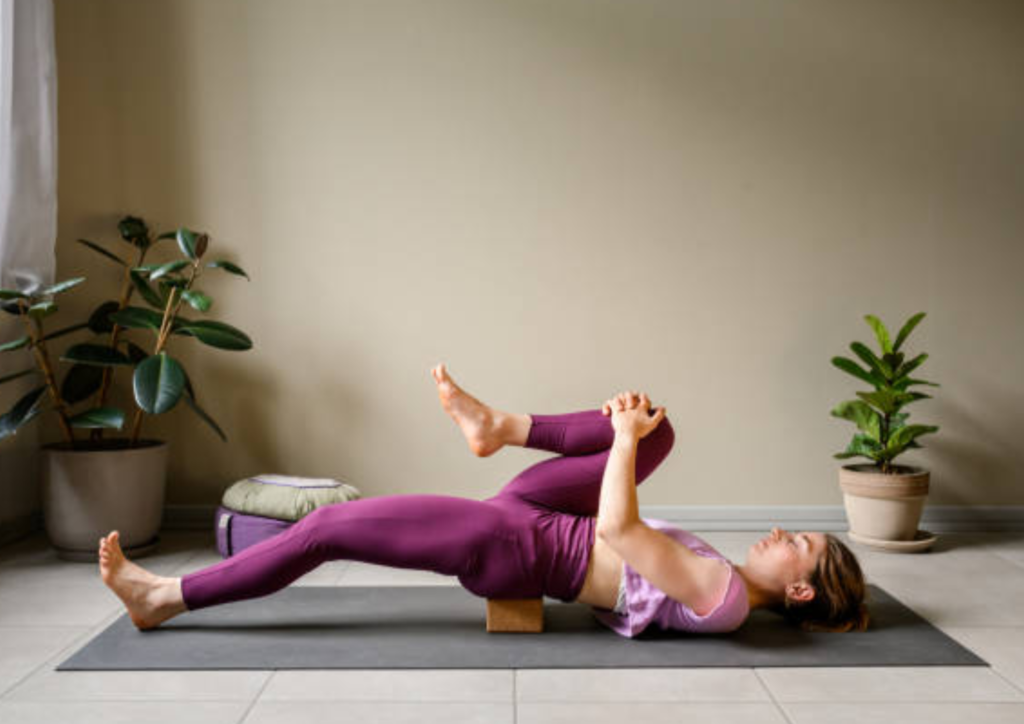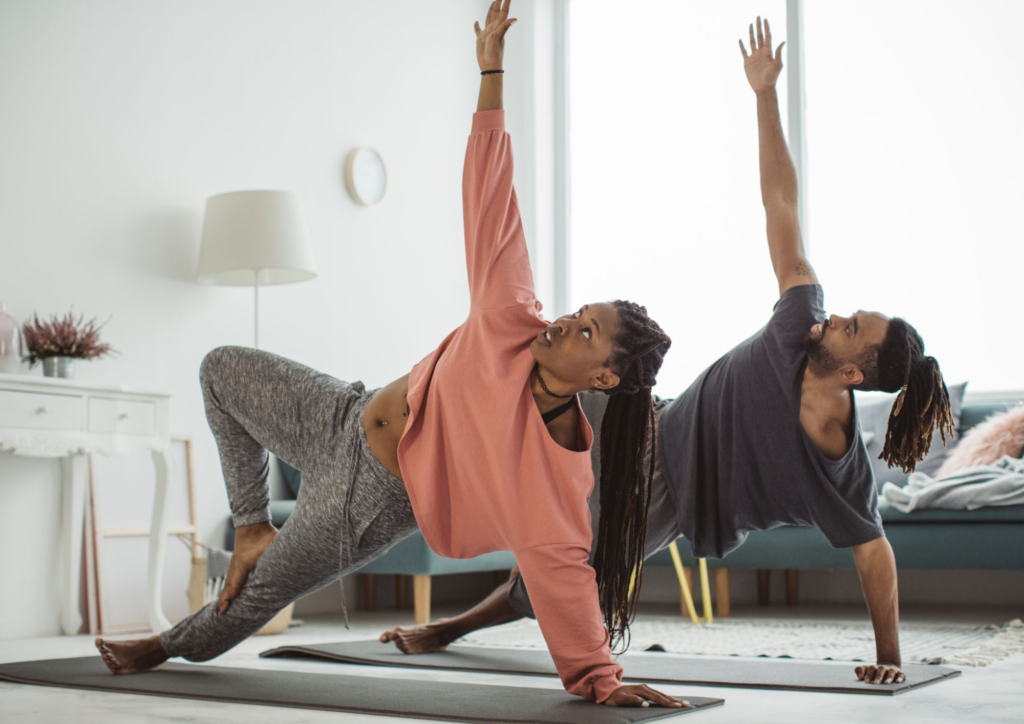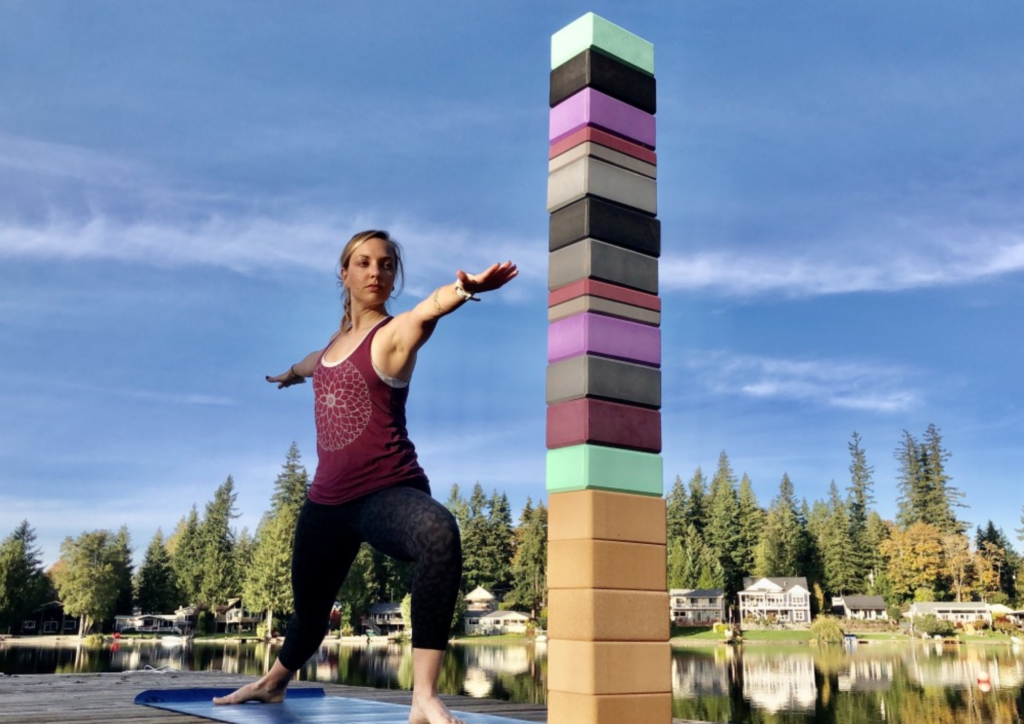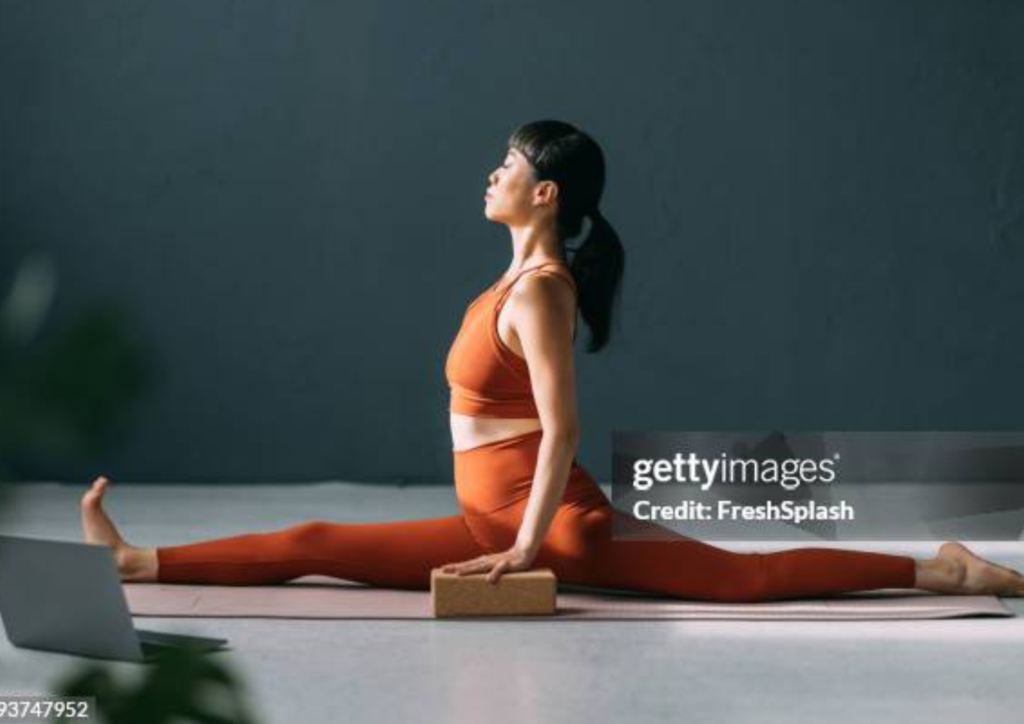“Learn how to use yoga blocks for beginners in 5 easy steps. Enhance flexibility, balance, and alignment with this step-by-step guide to beginner-friendly yoga practice.”
Yoga is a fantastic way to improve flexibility, balance, and mindfulness. But if you’re starting, certain poses can feel intimidating. That’s where blocks for beginners come in! These simple yet powerful tools help you modify poses, maintain alignment, and make your yoga practice more accessible and practical.
Ready to get started? Let’s explore how yoga blocks can transform your practice with this beginner-friendly guide.
- What Are Yoga Blocks for Beginners?
Yoga blocks are supportive props designed to enhance poses by improving balance and stability. They’re typically rectangular and made from foam, cork, or wood.
For beginners, blocks are handy for:
- Modifying Poses: Helping you achieve difficult poses without strain.
- Improving Alignment: Keeping your posture correct in every pose.
- Increasing Flexibility: Bridging the gap between you and the floor.

Incorporating yoga blocks ensures you can enjoy the benefits of each pose while preventing injury.
- Benefits of Using Blocks for Beginners
Yoga blocks aren’t just for beginners—they’re a valuable tool for yogis at every level. However, they’re invaluable for newcomers struggling with flexibility or balance. Here’s why:
- Boost Confidence: Blocks let you ease into poses gradually, making your practice more enjoyable.
- Enhance Flexibility: They provide support while your body adapts to new movements.
- Promote Safety: By reducing strain, blocks help prevent overextension and injuries.
Using blocks for beginners encourages steady progress without feeling overwhelmed.
- How to Choose the Right Yoga Blocks
Picking the right block is crucial for a comfortable practice. Follow these tips to find the best fit:
- Material: Foam is lightweight and soft, cork offers more stability, and wood is sturdy but heavier.
- Size: A standard block is 9x6x4 inches, suitable for most poses.
- Weight: Consider portability if you travel often for yoga.

Choose blocks that suit your needs and make you feel comfortable during use.
- Step-by-Step Guide: Using Blocks for Beginners
Step 1: Support in Standing Poses
Place a block under your bottom hand in poses like Triangle Pose (Trikonasana) to maintain balance and avoid overstretching.
Step 2: Modify Seated Forward Folds
Can’t touch your toes yet? Sit on a block or place one under your feet to reduce strain and achieve a deeper stretch.
Step 3: Aid in Backbends
For poses like Bridge (Setu Bandhasana), slide a block under your lower back for gentle support and improved alignment.
Step 4: Enhance Core Workouts
Hold a block between your hands or knees during core exercises to increase stability and engagement.
Step 5: Use in Relaxation Poses
During Child’s Pose or Reclined Butterfly, place a block under your head, chest, or hips to encourage relaxation.

- Tips for Success with Blocks for Beginners
- Start Small: Use blocks at the highest height setting first, then gradually lower as flexibility improves.
- Practice Consistently: Regular use helps your body adapt and grow stronger.
- Focus on Alignment: Don’t rush; prioritize posture over depth in every pose.
- Experiment: Explore different block uses to discover what works best for you.
With patience and dedication, blocks will become integral to your yoga journey.
https://zorbun.com/wp-admin/post.php?post=2196&action=edit
Final Thoughts: Why Beginners Need Yoga Blocks
Yoga blocks for beginners are more than just props—they’re stepping stones to a healthier, more balanced practice. They allow you to explore poses safely, deepen stretches, and build confidence as you progress.
Whether attending a class or practising at home, incorporating yoga blocks will make every session more enjoyable and effective. Embrace this tool and unlock the full potential of your yoga journey today!

